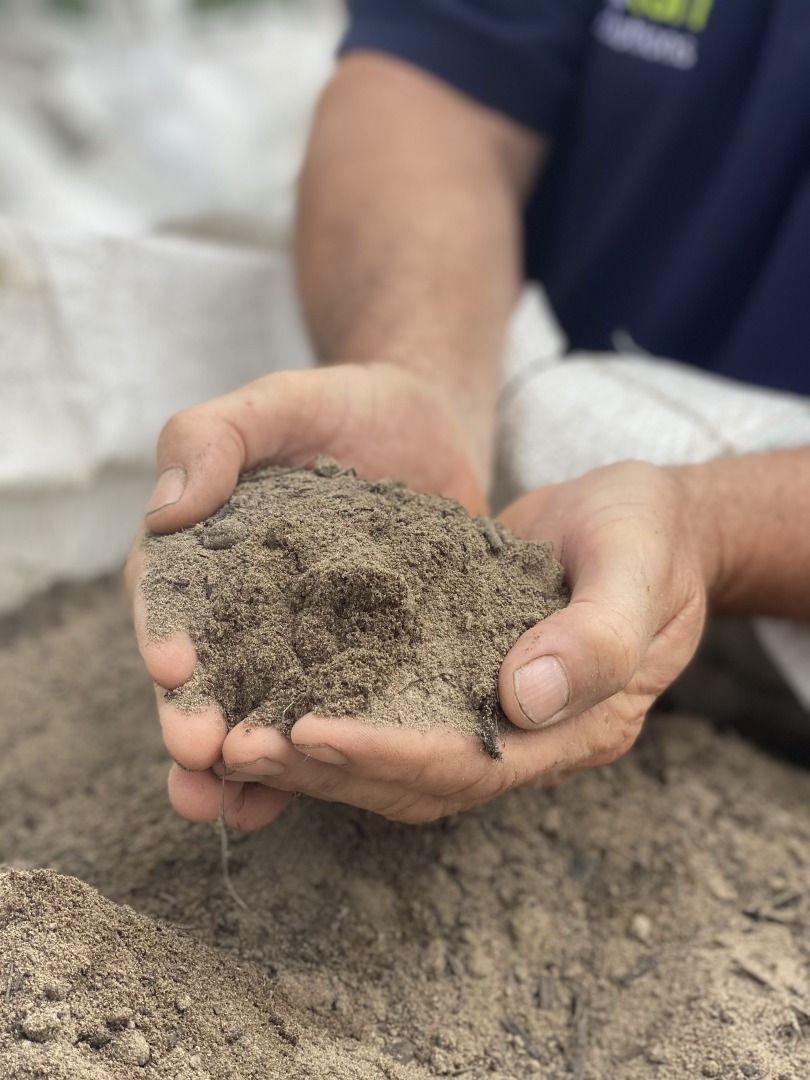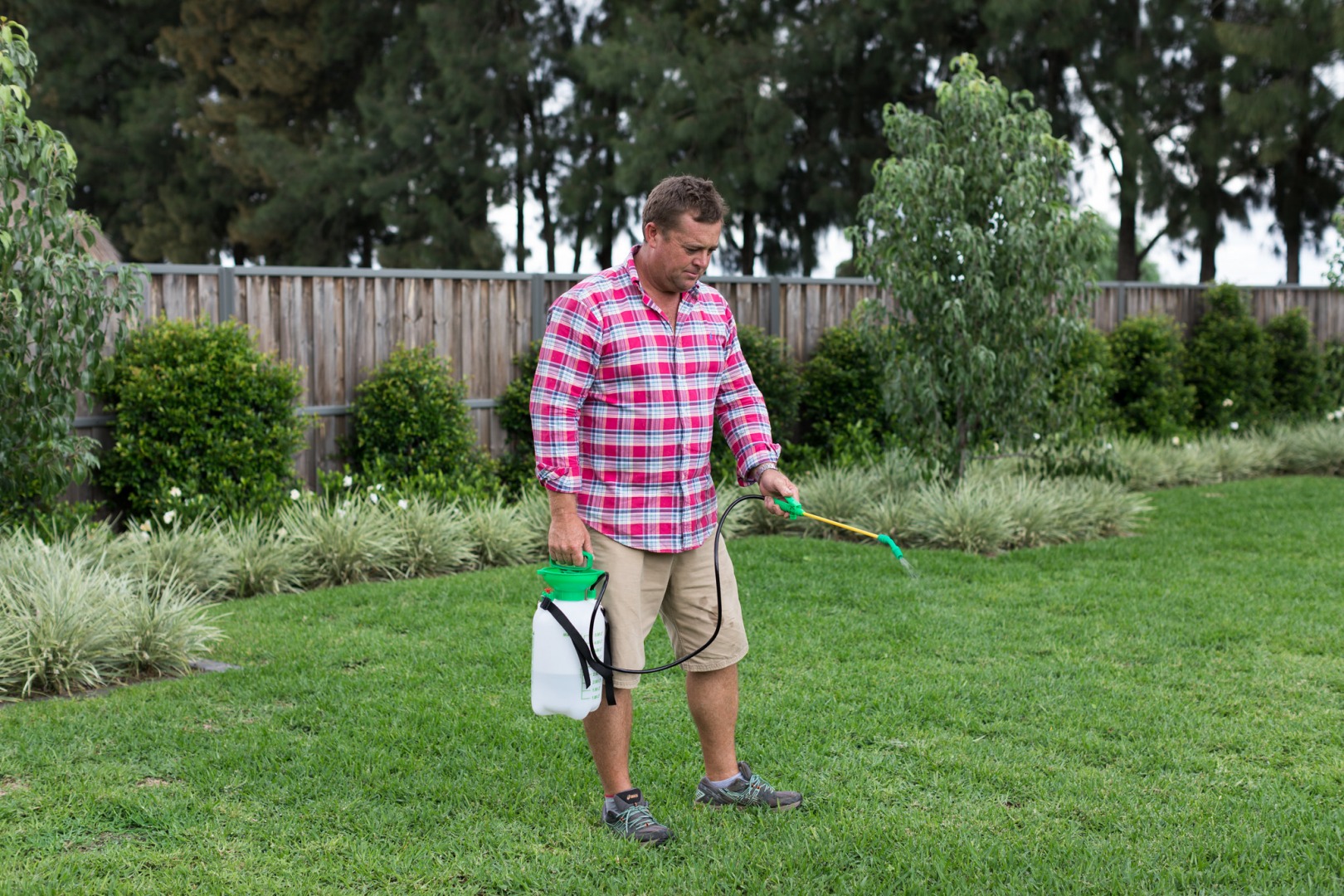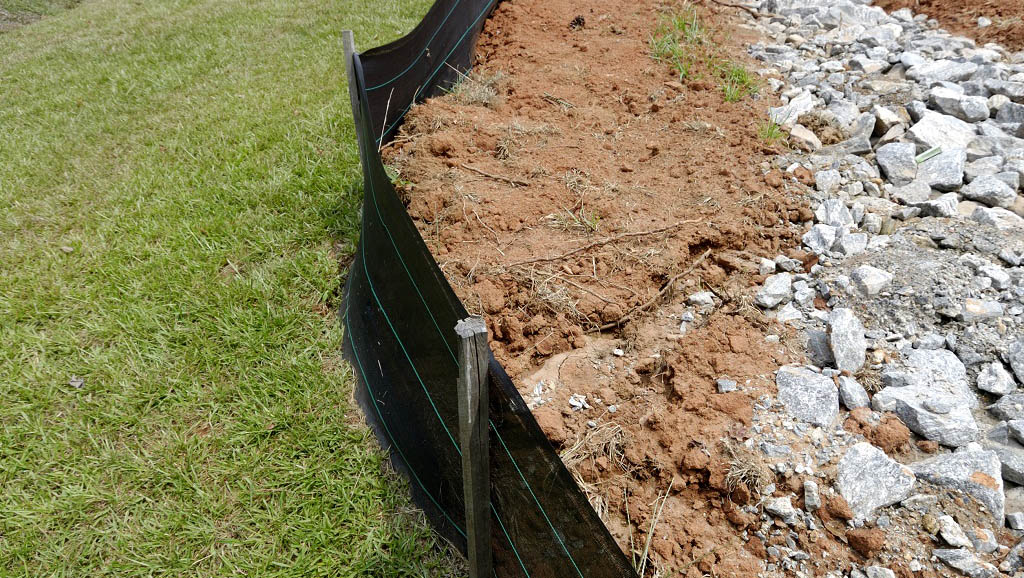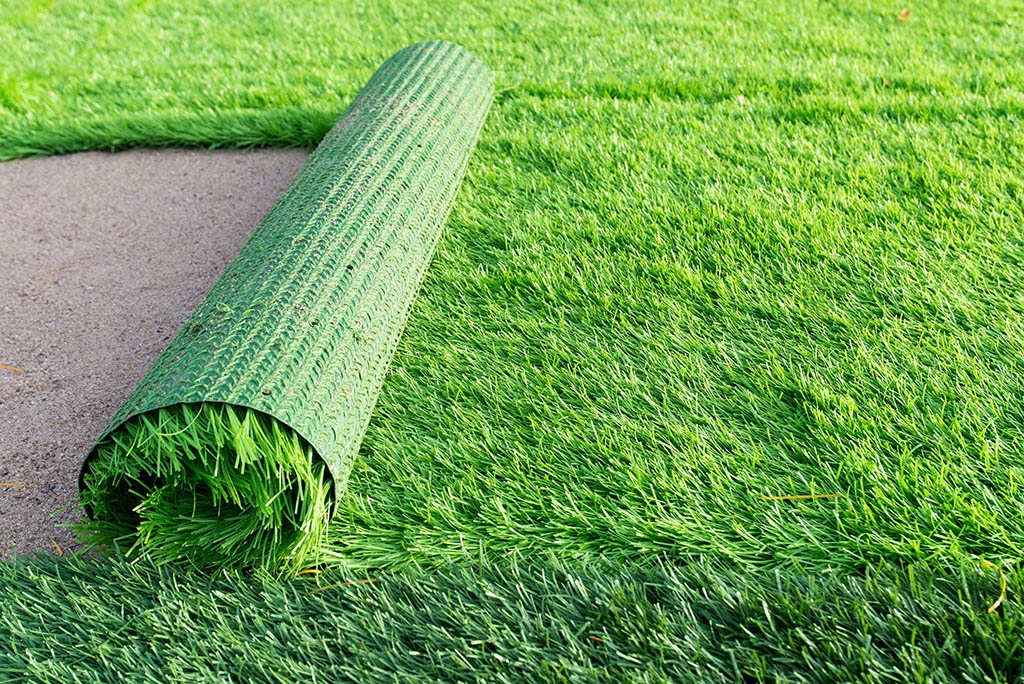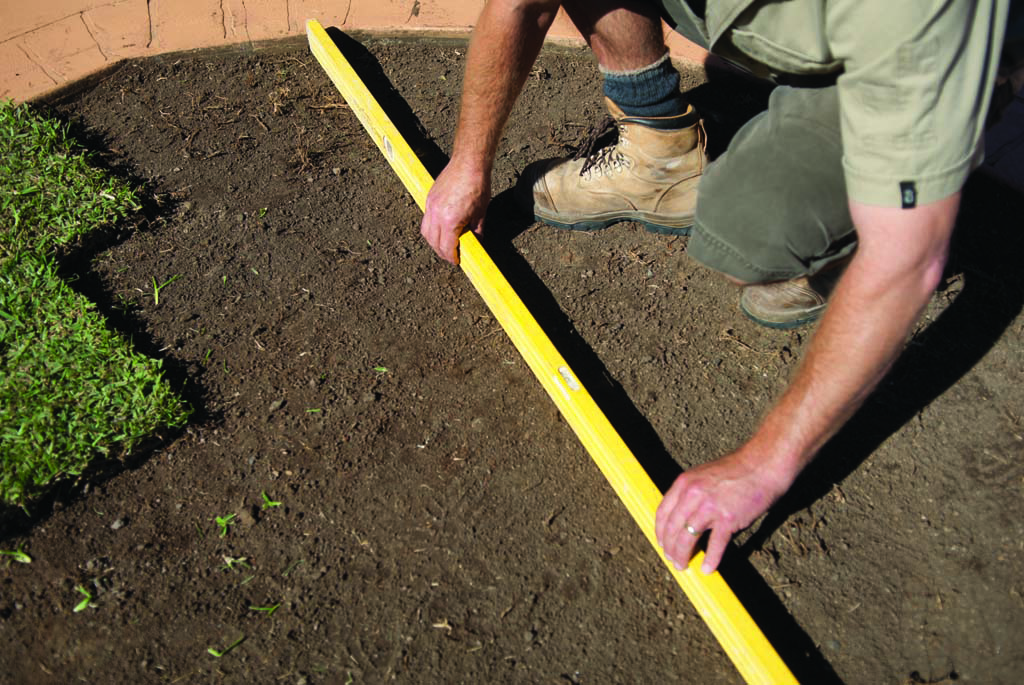Do you know all the answers to these lawn questions?
All Turf Solutions receives all sorts of lawn questions from lawn lovers with many asking similar things. To help make the answers to these lawn questions easier to find, we’ve decided to answer them all in one convenient place!
When should I fertilise my lawn and what should I fertilise with?
Fertilising your lawn will help ensure it has the nutrients it needs to thrive and stay healthy.
We recommend that you fertilise your lawn a minimum of 3 times a year, once in spring, summer, and autumn. You can use the October long weekend, Australia Day and the Easter long weekend as a guide for most areas of Australia.
We recommend using Lawn Solutions Premium Lawn Fertiliser which is suitable for all lawn types. This is a slow-release granular product that will gradually release nutrients to your lawn for up to 12 weeks.
For more detailed information on fertilisers, check out our blog here.
How do I get on top of weeds in my lawn?
When you first notice weeds in your lawn, it is best to either treat them with your preferred herbicide or remove them by hand. Stopping weeds as soon as possible will help prevent them from spreading throughout your entire lawn.
Most broadleaf weeds can be treated with a specific broadleaf herbicide such as this All Purpose Weed Control or Bin Die.
For more options on weed removal, check out our blog here.
How do I remove a foreign grass type from my lawn?
Finding a different type of grass growing in your lawn can not only be frustrating but does pose the threat of spreading. When you find invading grass, the number one suspects are Kikuyu and Couch grasses.
So, how do you remove the invading grass? Well, there are two options.
The first is to pull it out by hand. If the grass is a bit more stubborn to remove you can chip it out using a mattock or a garden spade.
The second is to use a non-selective herbicide such as glyphosate (Roundup). When using a non-selective herbicide, you will need to be careful to only touch the invading turf variety and not your lawn. To aid in precision, we recommend using either a weed wand or a small paintbrush for application.
You can learn more about identifying and treating invasive grasses here.
My lawn is thin and patchy, what should I do?
There’s nothing worse than putting work into your lawn, only to be still confronted with bare patches, poor grass growth and weeds starting to take hold.
There are a few simple lawn care tips that you can use to help get your lawn back on track. These include mowing your lawn regularly, fertilising if you haven’t already recently and raking out the dead plant material.
For more information, please check out our blog on repairing a thin and patchy lawn.
What is a pre-emergent herbicide and when should I apply it?
A pre-emergent herbicide will help stop and prevent targeted weeds from germinating. A pre-emergent like Oxafert will control both broadleaf and annual grass-type weeds including Winter Grass, Crowsfoot, Summer Grass, Creeping Oxalis and Crabgrass.
We recommend using this product when the temperatures begin to drop in your location. For most areas, this will usually be mid to late autumn. But if you notice that you are getting these weeds before this, it is best to put them down as soon as possible.
Oxafert is safe for most warm-season turf varieties including Buffalo, Kikuyu, Zoysia and Couch (excluding Santa Ana Grass). Oxafert is not safe for cool-season turf varieties including Ryegrass and Fescue. If you are not sure if Oxafert is suited for your grass variety, we recommend testing it on a small area of the lawn before applying it to the entire area. Remember- a pre-emergent will not kill existing weeds.
For more information on Oxafert, check out our blog here.
When should I water my lawn?
Once your lawn is established, it is best to only water when the lawn needs it. The perfect time to water is early morning before the sun fully comes out rather than in the evening or at night. This can help prevent your lawn from getting a fungal disease as they grow in damp conditions.
Check out our watering blog here for more information.
Should I dethatch my lawn?
The perfect time to dethatch your lawn is towards the end of spring when lawns are growing quickly and will have time to recover. Dethatch your lawn too late in the growing season and it won’t have time to recover before the cooler months.
By removing thatch, your soil base will be able to the receive air and nutrients it needs. This will also help your lawn feel less spongy underfoot.
Dethatching only needs to be done once every few years depending on your climate, how often you mow and your grass variety.
For more information on dethatching your lawn, check out our blog here.
What soil is best for top dressing?
Choosing a soil for top dressing to some extent is dependent on what it is you are trying to achieve. In most cases, top dressing is done to help correct poor soil preparation or low spots in your lawn. This can mean using either sandy loam, fresh organic matter or even a straight-washed sand.
Some people like to top dress their lawns annually in spring with a very light skim using organic soil mixtures. This is a great way to provide some nutrient to your lawn early in the growing season and usually results in a nice boost of colour. A heavier top dress in consecutive years should only be necessary if trying to build up levels or improve a poor soil base gradually over time.
To see what soil you should use, check out our blog on top dressing here.
What weed n feed should I use for my grass?
Weed n feed products usually consist of a fertiliser and broadleaf herbicide component, however the results aren’t usually what you are hoping for. Therefore, we don’t recommend using these products as they don’t properly stop weeds and won’t give your lawn a quality fertilise.
Why is this? Check out our blog here for more information.
How do I aerate my lawn and when should I do it?
To aerate your lawn, we recommend either manually doing so using a garden fork or a manual core aerator or hiring an aerating machine. When using a garden fork, drive the fork into the ground and then give it a wriggle back and forth to help break up the soil profile. When using a core aerator, whether it be manually or with a machine, when the tynes exit the ground they will remove cores that help to create more space in the soil profile.
The best time to aerate your lawn is in spring and autumn, however it can be done at any time throughout the whole year.
As always, if you have any more questions please don’t hesitate to contact us for free expert advice on 1800ALLTURF (1800255873) or 07 5543 8304.
